Jan 22, 2021 By Team YoungWonks *
What is a gyroscope? You may have heard about the gyroscope but may not know the definition of a gyroscope and where it is used. This blog takes a look at all this and more…
What is a Gyroscope?
A gyroscope is a device that consists of a wheel or disc or circulating beam of light mounted such that it can spin rapidly about an axis; this axis is free to change in any direction. The orientation of the axis is not impacted by the tilting of the mounting, so the gyroscope is in effect used to detect and measure the deviation of an object from its desired orientation, even maintain the said orientation and angular velocity.
In their most rudimentary form, gyroscopes are a spinning wheel/disk on an axle. The more complex ones are typically mounted on a metal frame, or set of moveable frames or gimbals for the apparatus to function with greater precision. These are typically multi-axis gyroscopes that allow for a wide bandwidth in all their axes. Gyroscopes can seem like simple objects and when the wheel is not spinning, they can be reduced to being over-engineered paperweights. But they have several complex uses today: they are used in compasses and automatic pilots on ships and aircraft, in the steering mechanisms of torpedoes, and in the inertial guidance systems installed in space launch vehicles, ballistic missiles, and orbiting satellites.
A Brief History of Gyroscopes
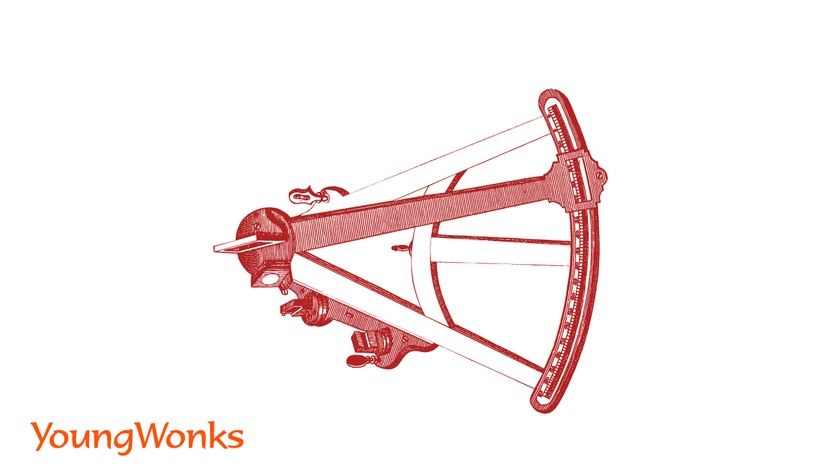
Essentially, a gyroscope is a top combined with a pair of gimbals. Such tops were invented in many different civilizations, including Greece, Rome, and China, although most of them were not really used as instruments. The first known apparatus similar to a gyroscope was the Whirling Speculum or the Serson’s Speculum and it was invented by John Serson in 1743. It was used as a level, to locate the horizon in foggy or misty conditions.
It was in 1817 that Germany’s Johann Bohnenberger wrote about using the instrument like an actual gyroscope. In 1852, French physicist Léon Foucault used it in an experiment involving the earth’s rotation and gave the device its modern name, with scope deriving from Greek word skopeein, which means to see and gyro coming from Greek word gyros, meaning circle or rotation.
In the 1860s, the advent of electric motors made it possible for a gyroscope to spin indefinitely; what followed was a spate of improvisations with the first functional gyrocompass patented in 1904 by German inventor Hermann Anschütz-Kaempfe. Soon nations became aware of the military importance of the invention as they realised how gyroscopes can be used for automatic steering and to correct turn and pitch motion in cruise and ballistic missiles.
Thus, during World War II, the gyroscope became a main component for aircraft and anti-aircraft gun sights. After the war, gyroscopes were miniaturized for use in guided missiles and weapons navigation systems; these midget gyroscopes weighed less than 3 ounces (85 g) and had a diameter of approximately 1 inch (2.5 cm).
How does a Gyroscope Work?
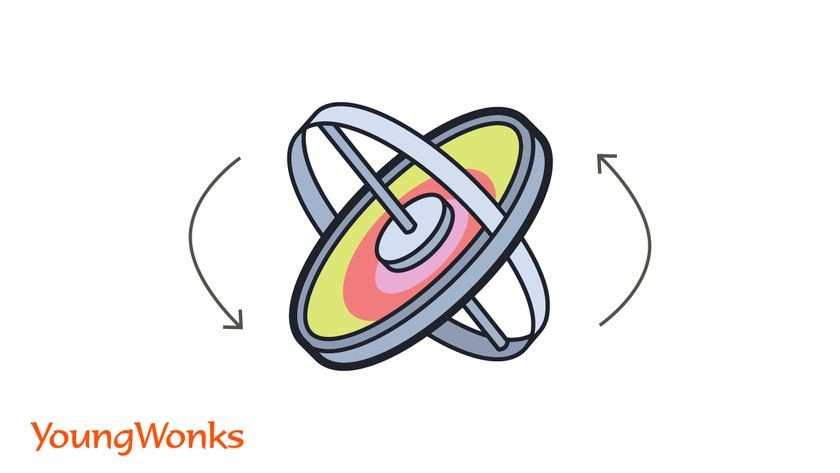
The gyroscope is basically a massive rotor that is fixed in light supporting rings called gimbals. The gimbals have frictionless bearings that isolate the central rotor from outside torques. The spin axis is defined by the axle of the spinning wheel. The rotor spins about an axis, with three degrees of rotational freedom. Having thus acquired extraordinary stability of balance at high speeds, it maintains the high speed rotation axis of its central rotor.
Now when the gyroscope is applied with external torques or rotations about the given axis, one can measure the orientation using a precession phenomenon (precession refers to the change in the orientation of the rotational axis of a rotating body). In other words, upon the application of external torque - along a direction perpendicular to the rotational axis - on an object rotating about an axis, precession takes place. This rotation about the spin axis is identified and information on this rotation is passed on to a motor or other device that applies torque in an opposite direction thus cancelling the precession and maintaining the orientation. Precession can also be avoided by using two gyroscopes arranged perpendicular to each other. The rotation rate can be measured by the pulsation of counteracting torque at constant time intervals.
Types of Gyroscopes
Microelectromechanical systems (MEMS) gyroscopes

MEMS gyroscopes are basically miniaturized gyroscopes found in electronic devices. These are built on the idea of the Foucault pendulum and use a vibrating element.
Hemispherical Resonator Gyroscope (HRG)
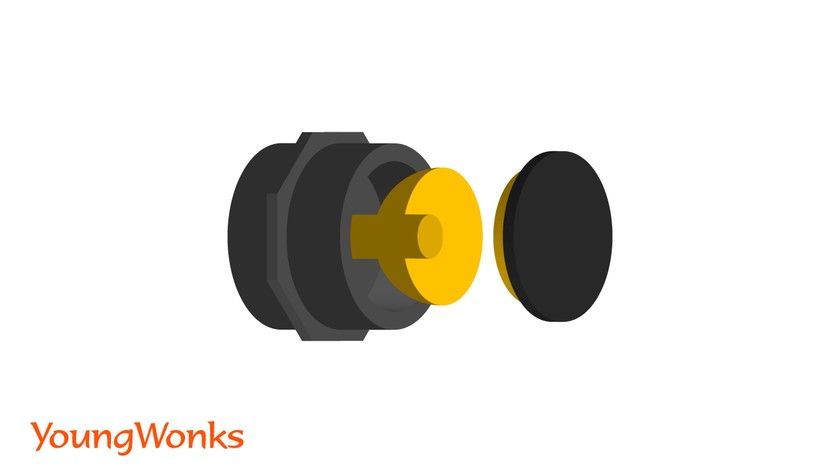
Also known as a wine-glass gyroscope or mushroom gyro, the HRG makes use of a thin solid-state hemispherical shell, anchored by a thick stem. This shell is driven to a flexural resonance by electrostatic forces generated by electrodes which are deposited directly onto separate fused-quartz structures enveloping the shell. The inertial property of the flexural standing waves helps produce a gyroscopic effect.
Vibrating Structure Gyroscope

Also known as a Coriolis Vibratory Gyroscope (CVG), a vibrating structure gyroscope is a gyroscope that uses a vibrating structure to determine the rate of rotation.
Dynamically Tuned Gyroscope (DTG)

A DTG is a rotor suspended by a universal joint with flexure pivots. The flexure spring stiffness is independent of spin rate. But the dynamic inertia (from the gyroscopic reaction effect) from the gimbal lends a negative spring stiffness proportional to the square of the spin speed. So at a particular speed, the two moments cancel each other, freeing the rotor from torque, making it an ideal gyroscope.
Ring Laser Gyroscope
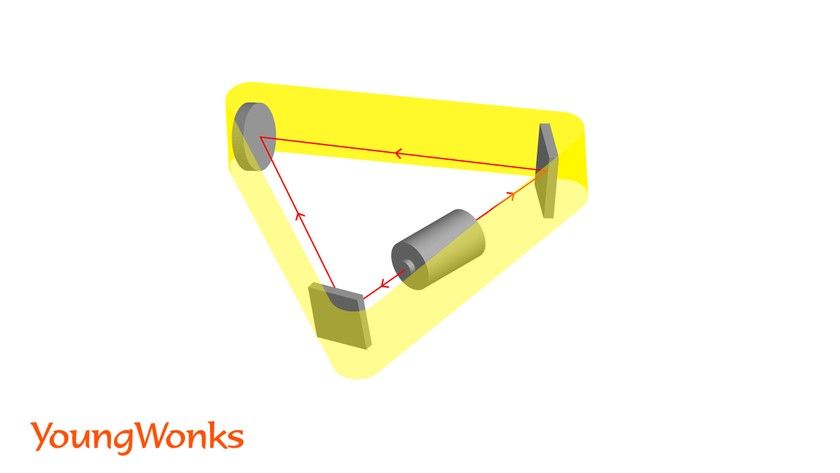
A ring laser gyroscope uses the Sagnac effect to calculate rotation by measuring the shifting interference pattern of a beam split into two-halves, even as the two-halves move around the ring in opposite directions. In the Sagnac effect, a beam of light is split and the two beams are made to follow the same path but in opposite directions. On return to the point of entry the two light beams are allowed to exit the ring and undergo interference.
Fibre Optic Gyroscope
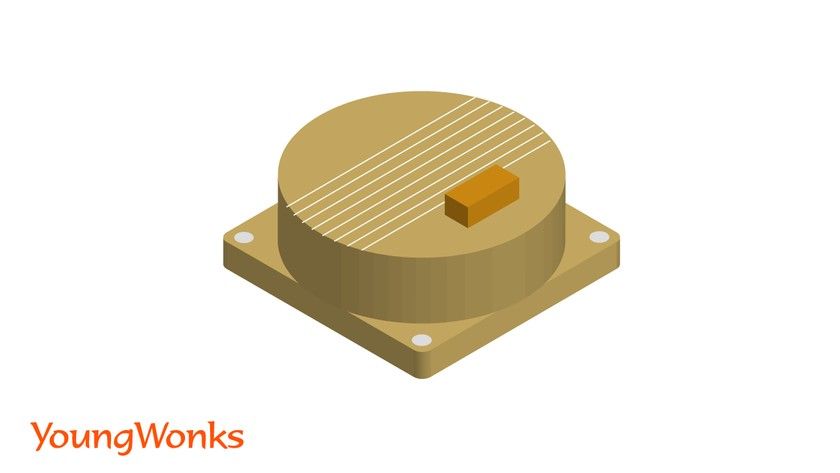
A fiber optic gyroscope uses the interference of light to detect mechanical rotation. The split beam’s two-halves go in opposite directions in a coil of fiber optic cable as long as 5 km.
Uses/ Applications of Gyroscopes Today
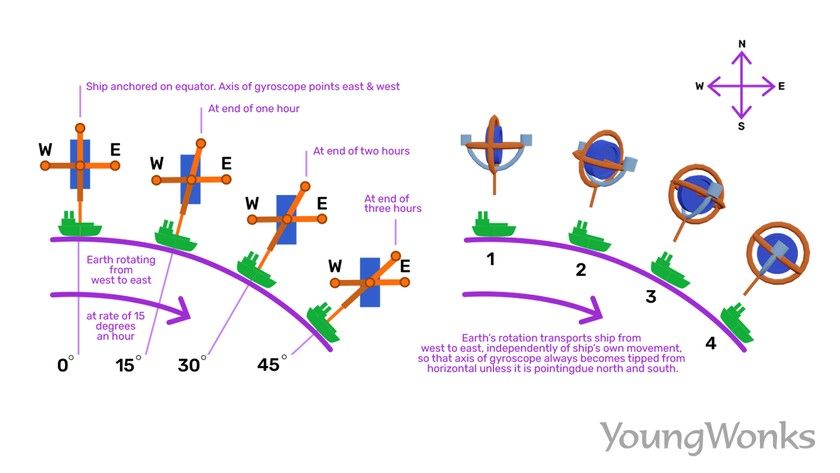
How a gyroscope works in a ship
a. With steadicam:
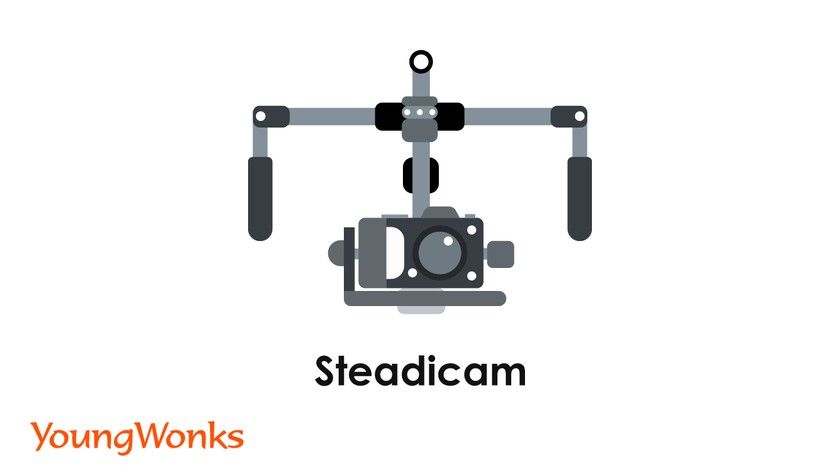
During the filming of the speeder bike chase scene in the movie Return of the Jedi, a steadicam - aka camera stabilizer - rig was used along with two gyroscopes for extra stabilization.
b. In Heading indicators:

Gyroscopes are used in heading indicators, also known as directional gyros. A heading indicator is a flight instrument used in aircrafts to inform the pilots of the aircraft’s heading / course. The heading indicator has an axis of rotation that is set horizontally, pointing north. But unlike a magnetic compass, it does not seek north. In an airliner, the heading indicator slowly drifts away from north and needs to be reoriented at regular intervals, using a magnetic compass as a reference.
c. As gyrocompass:
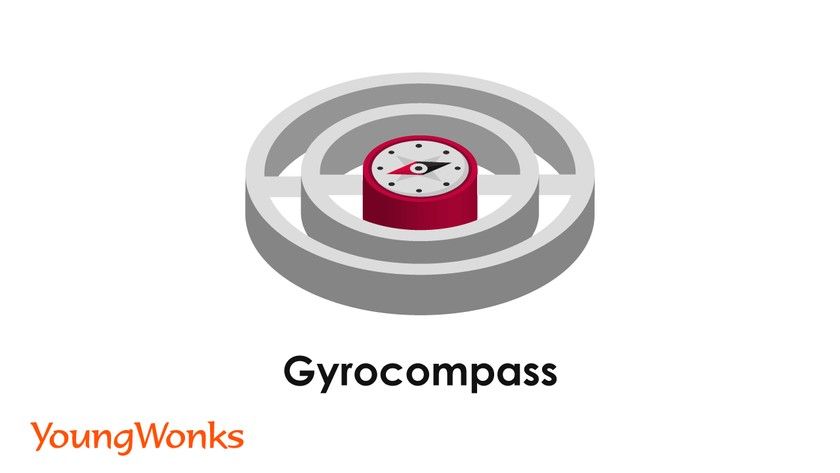
The directional gyro may not seek out north, but a gyrocompass does. It does so by detecting the rotation of the earth about its axis and then seeking the true north, instead of the magnetic north. Usually, they have built-in damping to prevent overshoot when re-calibrating from sudden movement.
d. With accelerometers:
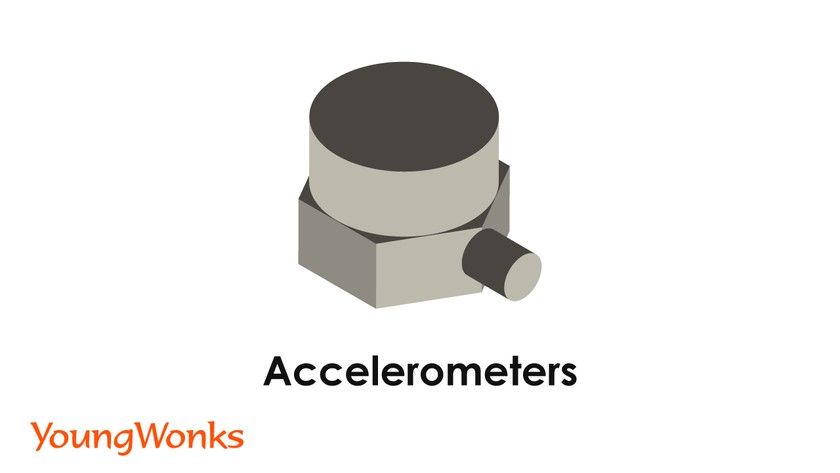
Gyroscopes are also used along with accelerometers, which are used to measure proper acceleration. It is important to note here that measuring an object’s acceleration and integrating over time, the velocity of the object can be arrived at. Integrating again, the object’s position can be determined. While a simple accelerometer consists of a weight that can freely move horizontally, a more complicated design comprises a gyroscope with a weight on one of the axes. (For more information about accelerometers, check out our blog on accelerometers.
e. In Consumer Electronics:

Given the fact that the gyroscope helps calculate orientation and rotation and is used for maintaining a reference direction or providing stability in navigation, designers have incorporated them into modern technology. In addition to being used in compasses, aircraft, computer pointing devices, gyroscopes are now also used in consumer electronics. The Apple iPhone gyroscope was one of the first gyro sensors that have come to be commonly used in smartphones. In fact, Apple founder Steve Jobs was the first one to popularize the usage or application of the gyroscope in consumer electronics. Moreover, a few features of Android phones - think PhotoSphere or 360 Camera and VR feature - cannot work without a gyroscope sensor in the phone.
It is the gyro sensor in our smartphones that senses angular rotational velocity and acceleration. This is what makes it possible for us to play using motion senses in our phones, tablets. Similarly, the smartphone’s gyroscope helps us watch 360-degree videos or photos. When we move our phone, the photo or the video moves due to the presence of a tiny gyroscope in the phone.
f. In toys:

Gyroscopes are also used in toys, in fact there are toy gyroscopes which make for great educational tools as they help kids understand how gyroscopes work.
g. In bicycles:
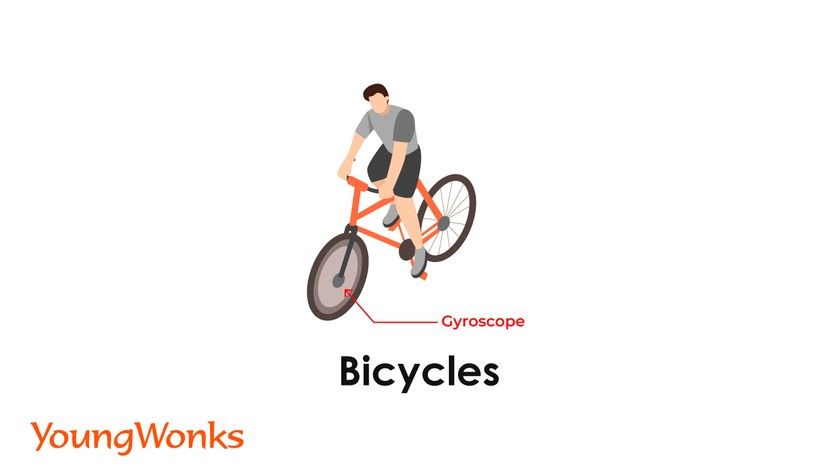
Electric powered flywheel gyroscopes inserted in bicycle wheels are said to be a good alternative to training wheels.
h. In cruise ships:

Cruise ships use gyroscopes for leveling motion-sensitive devices such as self-leveling pool tables.
i. For use by hobbyists
For hobbyists and students working with the Raspberry Pi, integrating a gyroscope can open doors to a myriad of projects, from self-balancing robots to flight controllers. The Raspberry Pi, with its versatile GPIO pins, can easily interface with gyro sensors, allowing for real-time data collection and processing. For those looking to dive deeper into such intriguing projects, consider enrolling in coding classes for kids at YoungWonks. If robotics piques your interest, their robotics classes for kids offer hands-on experience with Raspberry Pi, Arduino, and more, ensuring a comprehensive understanding of these technologies.
Below is a video about gyroscopes, it tells you how they work, where they are used and more...
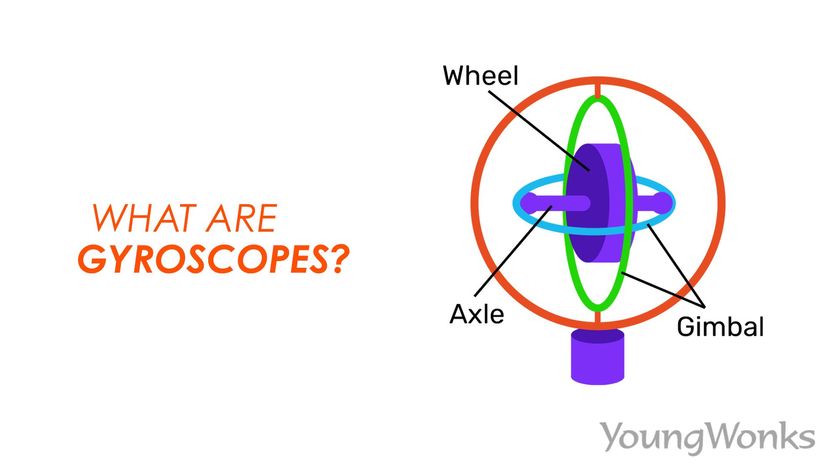
*Contributors: Written by Vidya Prabhu; Images by: Leonel Cruz
